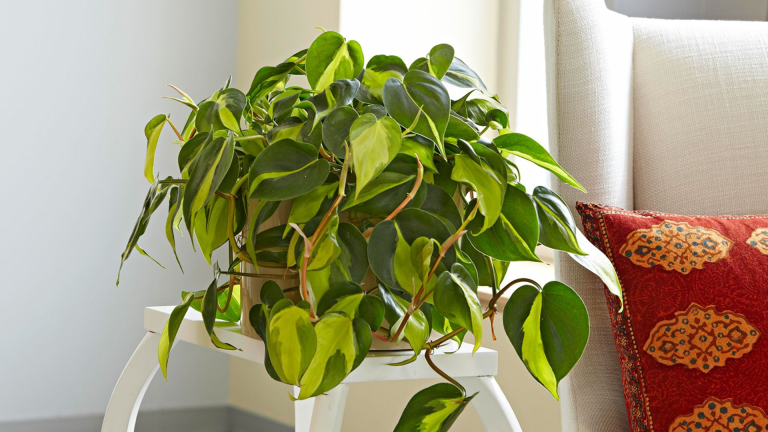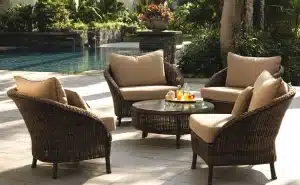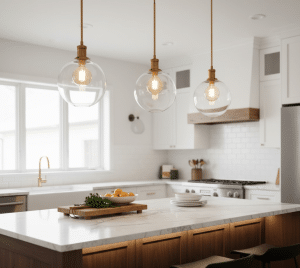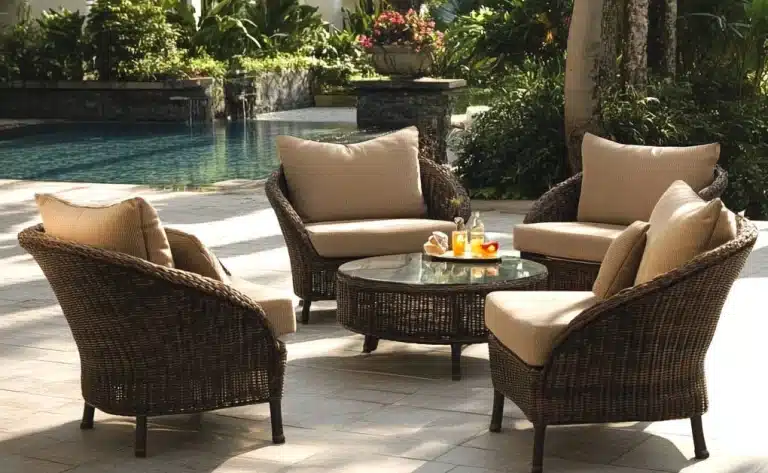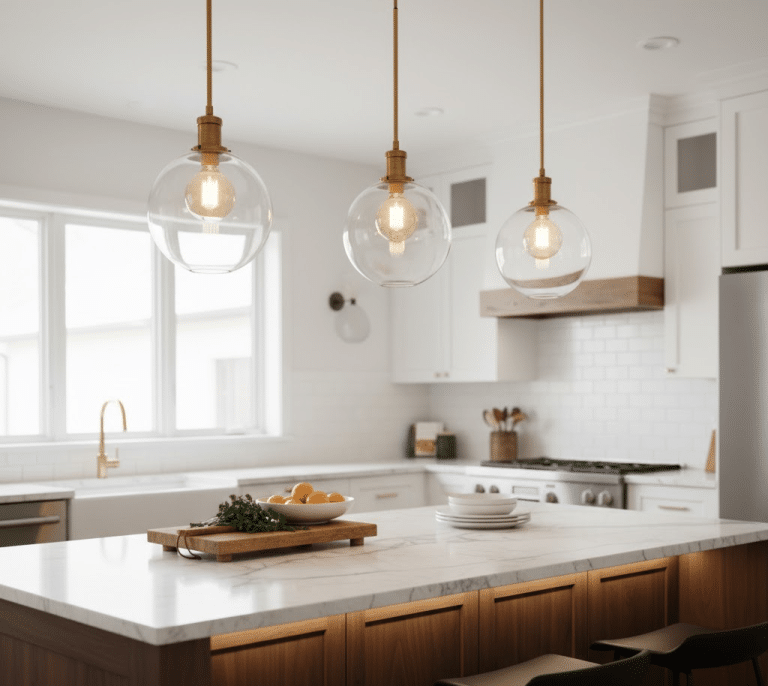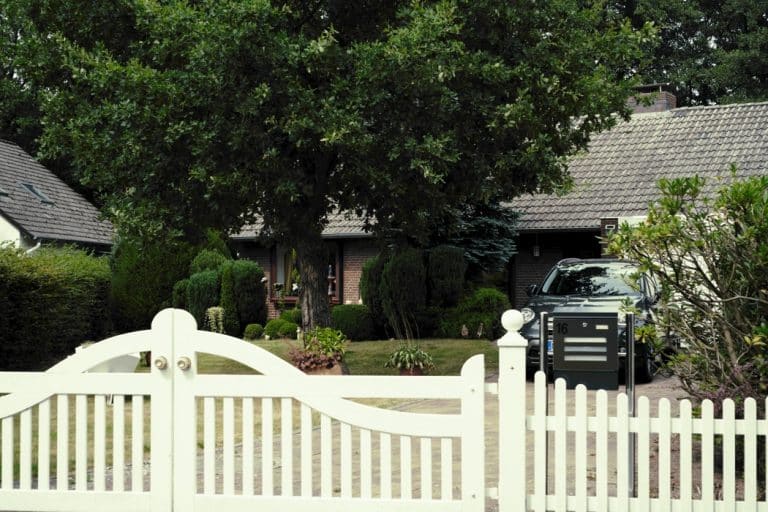Houseplants bring life to our homes, and the philodendron stands out as a favorite for many plant lovers. These leafy friends have gained attention in recent years, and for good reason! Philodendrons are easy to care for and come in many shapes and sizes, making them perfect for both beginners and experienced plant parents.
In this blog, I’ll share unexpected benefits of having philodendrons in your home. From cleaner air to better mood, these plants offer more than just good looks.
If you’ve been wondering why so many people love philodendrons or you’re looking for reasons to add one to your collection, you’ve come to the right place. My plant experts have studied these green wonders and gathered facts that might surprise you.
Let’s look at how these beautiful plants can improve your life in ways you never thought possible!
Surprising Philodendron Plant Benefits
1. Air Purification
Philodendrons clean the air in your home by removing harmful substances like formaldehyde and benzene. NASA studies show these plants work as natural air filters. I keep one in my bedroom to help me breathe easier while sleeping. You might notice fewer headaches and better sleep with these green helpers around.
2. Stress Reduction
Looking at plants can lower your stress levels. The green leaves of philodendrons have a calming effect on your mind. When I feel overwhelmed, I take a moment to sit near my plants. You’ll find that even a few minutes with your philodendron can help you feel more relaxed.
3. Increased Humidity
Philodendrons release moisture into the air through a process called transpiration. This helps fight dry skin, scratchy throats, and static electricity in dry indoor environments. In winter months when heating systems dry out your home, these plants work as natural humidifiers.
4. Low Maintenance Care
Unlike fussy plants that need constant attention, philodendrons thrive with minimal care. They forgive missed waterings and adapt to different light conditions. You can go on vacation for a week without worrying about coming home to a dead plant.
5. Fast Growth
Philodendrons grow quickly compared to many houseplants. You’ll see visible progress within weeks, which feels rewarding. I love watching new leaves unfurl—it’s like getting a small gift from nature. Your space will feel more alive with these actively growing plants.
6. Easy Propagation
Making new plants from your philodendron costs nothing. Just cut a stem with a node, place it in water, and watch roots form. You can create gifts for friends or expand your collection without spending money. I’ve turned one plant into twelve this way.
7. Mood Enhancement
Plants improve your mood and mental outlook. Research shows that people with indoor plants report feeling happier and more positive. Your philodendron brings a touch of nature indoors, helping you feel more connected to the living world around you.
8. Improved Focus
Having plants in your workspace helps you concentrate better. Studies show that people working near plants have better attention spans and memory. I keep a small philodendron on my desk during long work sessions. You might notice you can work longer without feeling mentally tired.
9. Temperature Regulation
Plants help maintain steady temperatures in your home through transpiration and shade creation. Placing several philodendrons in a room can reduce temperature fluctuations. Your air conditioner might run less often in summer with these natural helpers.
10. Noise Reduction
The leaves and stems of philodendrons absorb sound waves, reducing noise levels in your home. This helps create a quieter, more peaceful environment. You’ll especially notice the difference in rooms with hard surfaces like wooden floors or lots of windows.
11. Year-Round Beauty
Unlike seasonal flowers that fade quickly, philodendrons stay attractive all year long. They provide constant greenery throughout every season. I appreciate having something alive and growing even during the coldest winter months. Your home will never lack natural beauty with these plants.
12. Budget-Friendly Decor
Compared to other home decorations, philodendrons offer lasting beauty at a low price. A single plant often costs less than a bouquet of flowers but lasts for years. You get long-term value while bringing life to your space. Their low-maintenance care makes them an ideal choice for those who want to enjoy greenery without the extra effort.
13. Teaching Opportunity
Caring for philodendrons teaches children about responsibility and nature. Kids love watching plants grow in response to their care. I use my plants to show my nieces how living things need attention. Your children can learn valuable lessons from these leafy teachers.
14. Conversation Starters
Unique philodendron varieties spark conversations when guests visit your home. People often ask about unusual leaf patterns or shapes. You’ll find these plants make natural ice-breakers and can connect you with other plant enthusiasts. Their fascinating growth habits and distinct appearances make them standout pieces in any room, always drawing attention and admiration.
15. Space Versatility
Philodendrons come in climbing, trailing, and upright forms to fit any space. Hang them from ceilings, place them on shelves, or let them grow up walls. I use different types throughout my apartment. Your creativity can shine through in how you display these adaptable plants.
Why Philodendrons Make the Perfect Houseplant?
If you’ve killed plants before, philodendrons might be your new best friends. These plants forgive most mistakes that new plant owners make. I’ve seen them bounce back after weeks without water—something few other houseplants can do.
Philodendrons fit nearly anywhere in your home. They don’t mind if your room is bright or dim. They grow well in bathrooms with high humidity or in dry living rooms. This makes them easy to place in spots where other plants might struggle. Want to make a room look better in minutes? Add a philodendron.
Their green leaves bring life to empty corners and bland shelves. You don’t need fancy pots or special setups—they look good even in simple containers.
What sets philodendrons apart from other plants? Their staying power. While some trendy plants come and go, philodendrons have been loved for decades because they:
- Needs little attention
- Grow at a steady pace
- Clean the air in your home
- Come in many leaf shapes and sizes
- Rarely attract bugs or pests
You can start with one philodendron and soon find yourself wanting more. Each type brings its own beauty to your space without asking for much in return.
Tips for Caring for Your Philodendron
1. Light Needs
Philodendrons grow best in spots with bright, indirect light. I keep mine near east or north-facing windows where they get gentle morning sun. You can also place them a few feet away from south or west windows.
They’ll survive in lower light too, but might grow more slowly with smaller leaves. Too much direct sunlight? Your plant will tell you with yellow, burned leaves. Too little light? Look for stretched stems reaching toward light sources.
2. Watering Schedule
Water your philodendron when the top inch of soil feels dry to the touch. This usually means once a week in summer and less often in winter. I stick my finger into the soil – it’s the easiest way to check.
Overwatering causes more problems than underwatering. Yellow leaves often mean too much water, while droopy leaves usually signal thirst. When in doubt, wait another day before watering.
3. Leaf Care
Dust collects on philodendron leaves and blocks their ability to absorb light. Wipe the leaves with a damp cloth once a month to keep them clean and shiny.
Is your plant looking dull? A quick leaf cleaning can make it look brand new!
4. Propagation Methods
Making new plants from your philodendron is easy. Cut a stem with at least one leaf and node (the bumpy part where leaves grow), then place it in water.
Roots will form within weeks, and you can plant them once they’re about an inch long. I’ve grown dozens of new plants this way without spending extra money.
5. Pet Safety
Philodendrons contain chemicals that are harmful if eaten. Keep them out of reach of cats, dogs, and small children who might chew on the leaves. Consider hanging planters or high shelves if you have curious pets.
6. Repotting Needs
Move your philodendron to a slightly larger pot every 1-2 years. The best time is spring when the plant is ready to grow. Choose a pot about 2 inches wider than the current one with good drainage holes.
How do you know it’s time to repot? Look for roots coming out of drainage holes or the plant drying out too quickly after watering.
7. Fertilizing Routine
Feed your philodendron with regular houseplant fertilizer diluted to half strength every 4-6 weeks during spring and summer. Skip fertilizing in fall and winter when growth slows down.
Too much fertilizer can burn the roots, so less is better than more. I mark feeding days on my calendar to stay on track without overdoing it.
Conclusion
Now you know why philodendrons deserve a spot in your home. From cleaning the air to bringing calm to your space, these plants offer benefits that go far beyond just looking pretty.
Philodendrons truly give back more than they take. With minimal care, they reward you with growth, beauty, and better air quality. I’ve had mine for years, and they continue to impress me with their resilience.
Whether you’re a first-time plant owner or adding to your collection, a philodendron makes a wonderful choice. Start with one variety and you might soon find yourself wanting more!
Plants connect us to nature even when we’re indoors. They remind us to slow down and notice small changes. Your philodendron will grow alongside you, marking time in new leaves rather than hours.
Why not bring one home today? Your space—and your wellbeing—will thank you for it.


